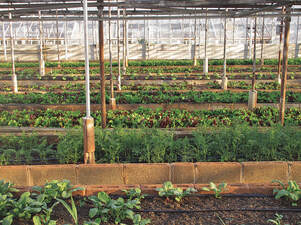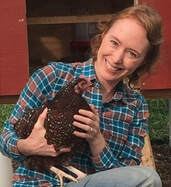
While there are many challenges involved in producing food locally to feed under-served populations in urban areas, some people see this as a potential solution to the "food deserts" that have become prevalent in low-income and urban neighborhoods. Producing more food locally also helps to cut down on fuel emissions for transporting food from the growers to the consumers, and allows consumers access to fresher and more nutrient-dense foods.
While local food production may take various forms in each community depending on available resources, climate, and other factors, if managed responsibly and sustainably, it could be part of the answer to a number of the social and environmental problems facing our world today.
Watch the video below to learn more about how local food producers and urban farmers are disrupting the industrial food production system in favor of more healthy and sustainable solutions:
Watch now to learn more about this exciting new way to eat hyper-locally, including:
- How Square Roots grows food all year long
- The length of time the average apple travels to get to the supermarket
- How Square Roots measures the nutritional levels of its produce and brings hyper-local produce to food desserts
- The Next-Gen Farmer Training Program and why it is important to reduce entry barriers to farming
- How indoor farming impacts the environment
- Soil’s role in promoting phytonutrients and polyphenols in produce and how this is replicated in controlled-climate agriculture
- The types of produce Square Roots grows
- Addressing food waste
- And more!
While Square Roots may not operate in your area right now, it is exciting and encouraging to see the possibilities for decentralizing our food supply, while becoming healthier and more self-sufficient and also reducing our food's carbon footprint!
Stay tuned for more developments in this arena as urban farming continues to grow and evolve throughout the United States and beyond...
Rose.



 RSS Feed
RSS Feed